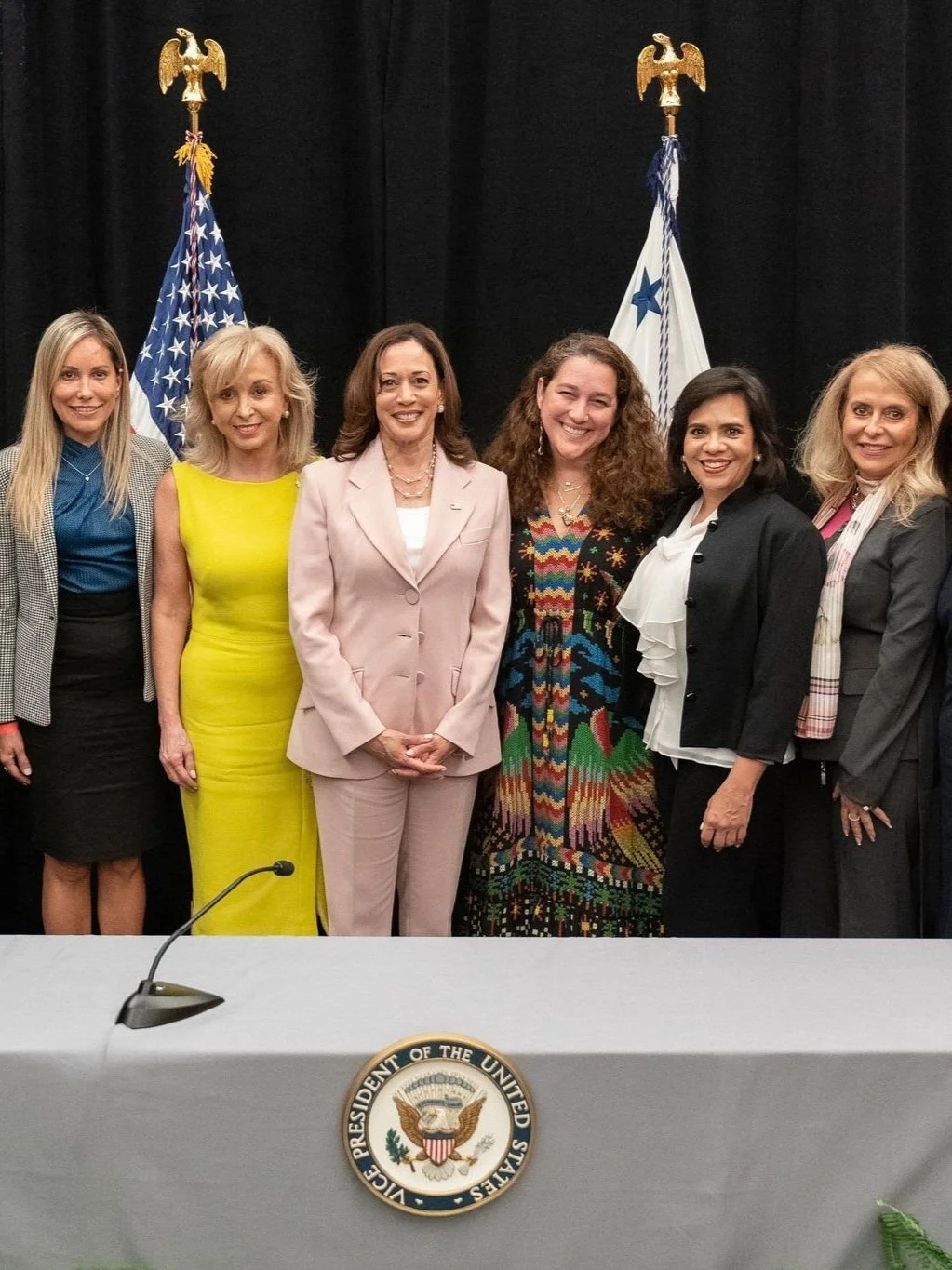Quilters Cissy Serrao and Patricia Gorelangton outside Honolulu’s Iolani Palace / Photo: Josiah Patterson.
“We’re a small island in the middle of the Pacific Ocean. To expose our art forms to the rest of the world is something that is really special.” Patricia Gorelangton was speaking about her native Hawaii and the traditional craft of quilt making toThe New York Times’ John Wogan. A relatively unknown art outside the state, her work as a master quilter was recently spotted by Loewe’s Jonathan Anderson, and now, it is not only part of the Spanish house’s annual showcase at Salone del Mobile, but on display at Loewe’s Milan store and will be featured on one of its leather-trimmed straw bags.
As Wogan writes, quilt making became a vital, consistent form of artistic expression to a nation undergoing massive changes and modernization in the 19th century. Taking one quilter up to a year to complete, each piece is typically crafted in two contrasting colors, with designs featuring tropical plants such as hibiscus, red ginger, plumeria and breadfruit. And every quilt tells a story, either of the quilters, the designer or the recipient, with some created as memorials for loved ones, or for weddings or to promote healing, and others as “legend” quilts, which pay tribute to the gods of Hawaiian mythology. But as fellow quilter Cissy Serrao explained, “It’s not just about continuing a tradition but also a community of friends and family.”
“We call ourselves a family” - Serrao leads a group of women who have been quilting together since 1988 / Photo: Josiah Patterson.
Serrao, who hails from a family of quilters, leads a group of women who for the past 13 years have got together every Saturday at Honolulu’s Iolani Palace, now a museum, to stitch a cotton quilt that has historical significance for the islands. The colorful, botanical-inspired quilt is one of the state’s most significant cultural objects, and dates back to 1820 when Christian missionaries arrived from New England and introduced sewing and patchwork to the local nobility. “We call ourselves a family,” said Serrao of the 30 or so women in the group, who have actually been quilting together since 1988. “We share stories about our families, and hopes and dreams.”
It was Serrao’s late father John Serrao, credited with creating over 1,000 quilt designs, who set up Poakalani, an organization committed to preserving the "Art of Hawaiian Quilting". Through its online site, Poakalani not only highlights the cultural and teaching aspects of the craft, with a view to encouraging others to pick up a needle and thread and begin their own tradition and cultural legacy, but shares finished quilts, some of which are for sale. This is a rare treat, as Hawaiian quilts are not typically made to sell, but as heirlooms, to pass down from one generation to the next.
One of the Hawaiian quilts featured by Loewe at this year’s Salone del Mobile in Milan / Photo: Josiah Patterson.
Supporting and preserving crafts such as this is one of the primary purposes of the Loewe Foundation, a private foundation established in 1988 by Enrique Loewe Lynch, a fourth-generation member of Loewe’s founding family. As part of its commitment to independent artisans, creative director Anderson commissions artists and makers to collaborate on projects that will be displayed in the brand’s Milan store and integrated into Loewe products. And this year, a large square quilt by Gorelangton, that features a koi fish design by John Serrao, will be displayed at Salone del Mobile, Milan’s annual furniture and design fair, with three of the master quilter’s other pieces on show at the city’s store, and the Serrao design featuring on an available-to-purchase leather-trimmed straw bag; an opportunity that exposes the time-honored tradition to an entirely new audience.














